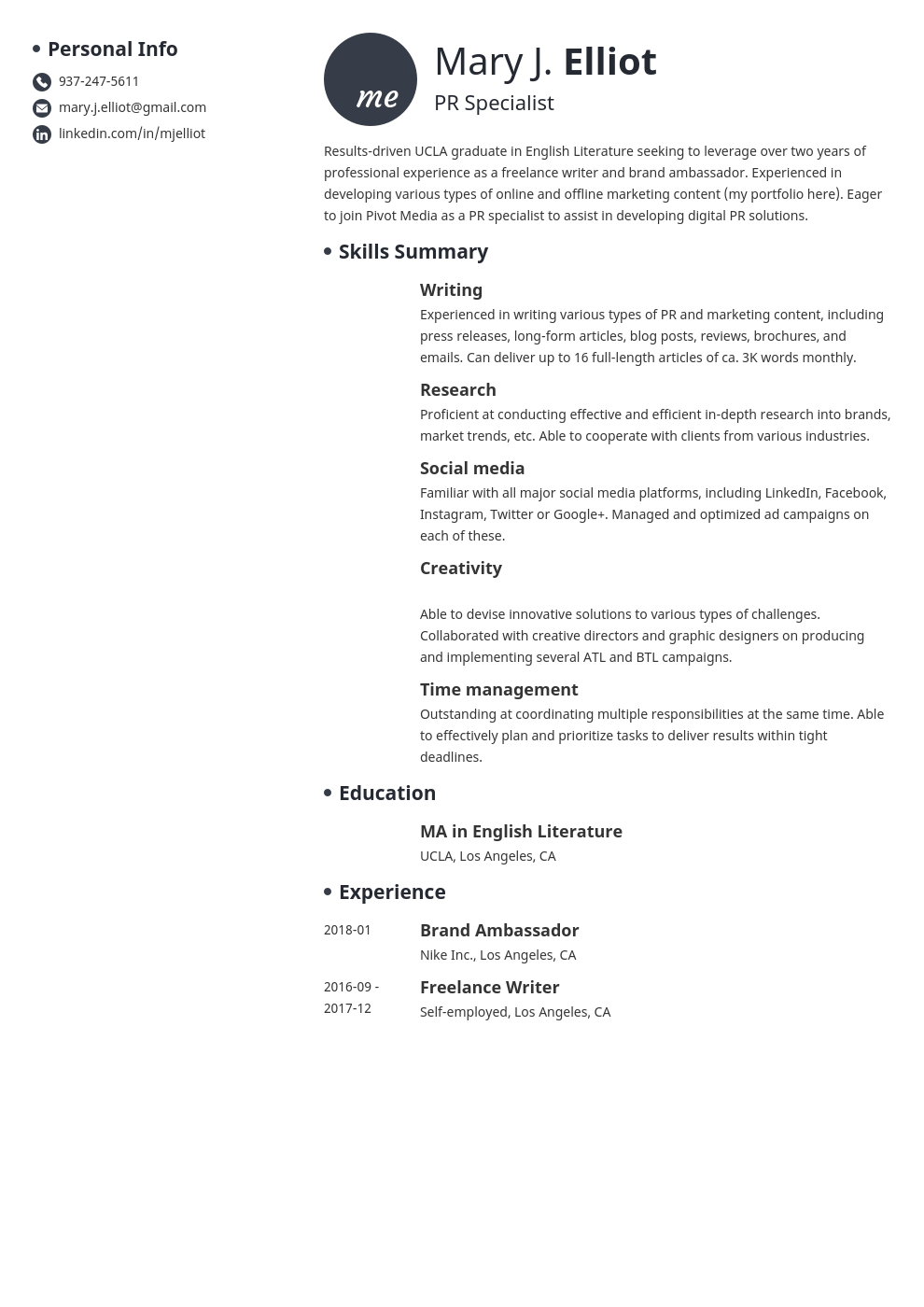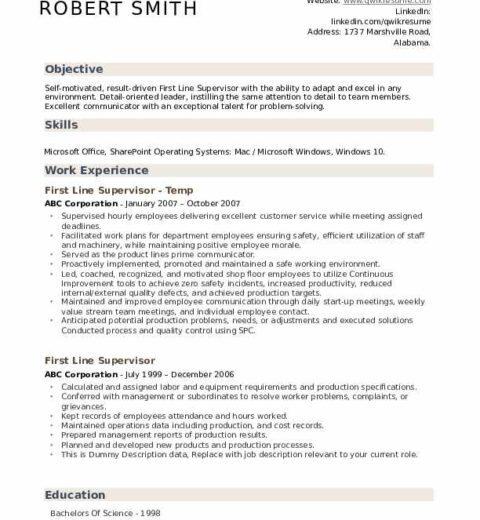In the realm of job applications, a functional resume serves as a distinctive tool designed to showcase an individual’s capabilities while deemphasizing chronological work history. Unlike its chronological counterpart, which lists experiences in order of occurrence, the functional resume concentrates on skills and proficiencies, thereby rendering it an attractive option for many job seekers. This format is particularly advantageous for those with gaps in employment, career changers, or individuals re-entering the workforce.
One of the defining characteristics of a functional resume is its ability to forefront relevant skills rather than highlight past job titles. By adopting this approach, applicants can articulate their qualifications in a manner that aligns more closely with the prospective employer’s requirements. Each skill is often accompanied by examples of how that skill was effectively employed in past roles, providing context that enhances credibility. This transformative ability to pivot from a merely chronological narrative to a skills-centric dialogue can make the functional resume aesthetically appealing and strategically compelling.
When considering whether to utilize a functional resume, it becomes imperative to scrutinize one’s unique circumstances. For instance, those who have recently undergone a significant career shift or who possess skills that transcend their previous industry may find this format particularly beneficial. By highlighting transferable skills, such as communication, leadership, or strategic planning, applicants can create a narrative that resonates with employers across varied sectors. Furthermore, for individuals with a diverse array of experiences that may not relate directly to their target position, a functional resume can adeptly streamline their qualifications into a cohesive presentation.
Conversely, candidates with a robust and relevant work history, who are targeting positions within a linear career pathway, may be better served by a chronological resume. It is essential to consider the specific job market and industry standards as well. Certain fields, particularly more traditional or conservative sectors such as law or finance, may expect a chronological format. Employing a functional resume in such contexts could result in hesitation or skepticism from hiring managers.
To initiate the crafting of a functional resume, one must begin with an introspective assessment of professional skills. This reflection might involve detailed brainstorming sessions, listing competencies ranging from technical expertise to soft skills like negotiation or problem-solving. Once these skills are identified, the next step is to group them meaningfully, creating categories that align closely with the desired job posting. This hierarchical structuring enhances the visual appeal of the resume and aids in guiding the reader through the document.
Once skill categories have been established, it is pertinent to append relevant examples or accomplishments that substantiate each skill. For example, if one identifies “project management” as a core competency, they might elucidate this by noting a specific project where they successfully managed a budget, delegated tasks, and met deadlines. The integration of quantifiable achievements tethered to each skill amplifies the efficacy of the resume, transforming it from a simple list into a persuasive narrative.
Incorporating a summary statement at the beginning can also augment the resonance of a functional resume. This succinct paragraph can encapsulate one’s professional identity, elucidating what makes that candidate uniquely suited for the position. A well-constructed opening statement not only piques the interest of hiring managers but also sets a tone that permeates the entire document.
While the design of a functional resume needs to be visually engaging, it is pivotal to maintain a level of professionalism throughout. This includes the use of fonts that are easy to read, strategic space utilization to prevent clutter, and cohesive color schemes that align with industry standards. An aesthetically appealing resume not only captures attention but also reinforces the competence and diligence of the candidate.
When it comes to formatting, clarity reigns supreme. Organizing the resume into distinct sections—such as skills, relevant experience, and education—ensures that the reader can swiftly navigate the content. Employers typically spend only a fraction of a minute reviewing resumes; hence, the ease with which they can discern information may determine whether a candidate progresses to the next phase of the hiring process.
After the resume has been meticulously crafted, the importance of customizing each application cannot be overstressed. Tailoring the functional resume to align with specific job postings involves tweaking skill descriptions, prioritizing certain competencies, and refining language to suit the industry vernacular. This level of attention to detail can significantly impact an applicant’s prospects, as it demonstrates both interest in the role and an understanding of company-specific values and goals.
In summation, the functional resume’s unique emphasis on skills rather than chronological history makes it a resourceful alternative for certain job seekers. By examining personal circumstances, understanding industry expectations, and employing a strategy that prioritizes relevant skills over work history, individuals can artfully craft a document that not only reflects their qualifications but also captivates the attention of potential employers. In a competitive job market where first impressions matter immensely, mastering the art of the functional resume can be the key to unlocking new career opportunities, allowing candidates to present their qualifications in a lucid, sophisticated manner that resonates with hiring managers.




